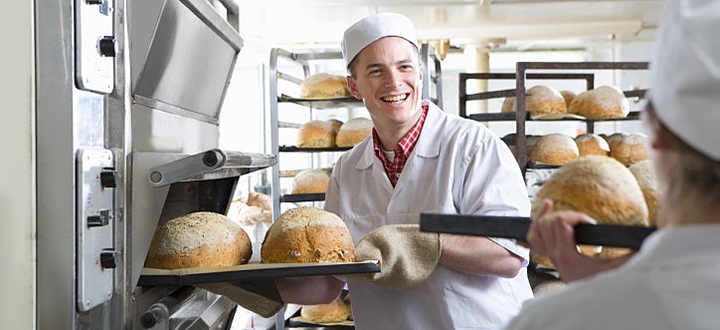4 ways to value a food and beverage business
Following our article on ‘maximizing the sale price of your food and beverage business’ we address the frequently asked question of ‘how will the business be valued’.
When considering to sell a business, the value that can be realized from the sale is an important consideration for a business owner. Understanding how the business will be valued by potential buyers enables business owners to evaluate offers and determine whether buyers are offering fair value. A commercially rational valuation will provide the business owner with a realistic assessment of what can be realised and also prepares the business owner for the on-going negotiations through the sale process.
Buyers use the following approaches when valuing potential acquisition targets:
- Discounted cash flow (DCF) methodology;
- Multiple based valuation approach; and
- Replacement cost or liquidation value approach.
Discounted cash flow
A common approach to value a business is the discounted cash flow (DCF) valuation methodology. The DCF takes into account the future cash flows the business is expected to generate and the risk associated with those cash flows. The future cash flows are discounted back to ‘today’s value’ using a discount rate that reflects the future earnings risk and cash flows of the business. The business is valued on a standalone basis and any personal expenses of the current owners are reversed (or normalised). Similarly, historical once-off income and expense items that are not expected to be repeated in the future are not included in the forecast of free cash flow. In practice, the current year’s budget and future forecasts are used as a starting point for determining future cash flows.
The choice of discount rate can dramatically change a valuation. Corporates often use the Weighted Average Cost of Capital (WACC) as a discount rate for investment decisions. The WACC represents the minimum required rate of return (or hurdle rate) that investments made by the corporate should achieve.
The discount rate can also be viewed as an opportunity cost, e.g. what rate of return do available investment alternatives with similar risk profiles earn in the market place? The rate of return an investor can earn on an investment of comparable size and risk, is the opportunity cost and therefore the discount rate for the DCF valuation. A DCF valuation can be a complex calculation and small changes in certain input variables can materially impact the end result.
Multiple based valuation
A multiple based valuation is normally used to corroborate a valuation obtained using the DCF methodology. One of the more common approaches used, is to apply to the earnings before interest, tax, depreciation and amortisation (EBITDA) of the business an appropriate multiplier to arrive at the Enterprise Value of the business. The Enterprise Value is then adjusted for the net debt of the business to calculate the equity value for the business.
Business owners frequently ask why valuation multiples vary greatly between transactions; this is driven by a number of factors including:
- Size – listed businesses are normally larger with diversified products and income streams, implying a lower risk profile and therefore a greater multiple;
- Quality of earnings – businesses with high quality earnings and good prospects will attract a higher valuation multiple than businesses with low quality earnings and bad prospects; and
- Control premium – where a purchaser acquires control of a business (more than 50% shareholding interest), the valuation multiple will include a control premium to reflect the value of obtaining control of the business.
Replacement cost or liquidation value approach
Where a business owns unique or specialised machinery, the buyer may also consider the replacement cost of plant, equipment and property to corroborate the other valuation approaches. The replacement cost method is rarely used as the primary valuation approach.
Value of synergies
Buyers with existing businesses in the food and beverage sector may benefit from cost or revenue synergies when combining an acquired business with their current business. Examples of synergies include access to new customers for cross selling, increased raw material purchasing power or a reduction in the overall number of employees required. When valuing a business, trade buyers will first determine a standalone valuation of the acquisition target. The buyer then calculates the present value of expected synergy benefits that will flow from an acquisition of the target.
The sum of the standalone value of the business and the value of the synergy benefits represent the maximum value that the buyer can get from an acquisition. Generally, buyers are not keen to pay more than the standalone value of the business, but in a competitive situation buyers may be required to share part of the synergy benefits with the seller in order to complete the transaction.
It is therefore in the strong interest of a business owner to highlight the potential synergy benefits to potential buyers that have existing interests in the food and beverage industry. The external adviser can assist this process by creating an Information Memorandum (IM) that is tailored to specific industry players and outlines the potential value creation opportunities.





No Comments